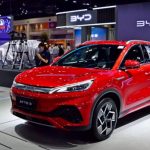The United States saw the introduction of the first police cars in the late 19th century. It is worth noting that Akron, Ohio was home to the world’s first electric police car in 1899. In recent times, police departments have shown renewed interest in electric vehicles and have started experimenting with their use. The increased prevalence of police cars can be attributed to the rise in car usage by criminals. As criminals began using more powerful cars, law enforcement agencies realized the need for better vehicles to counter them.
However, police cars were not initially designed for high-speed pursuits. Initially, they were mainly used to save costs. By equipping an officer with a car and a radio system, they could cover an area that would have required multiple personnel previously.
In their early days, police cars were quite basic. The idea of a “police package” for cars emerged after World War I when car manufacturers took note of the most popular options chosen by police departments and combined them.
 |
Ford introduced its first police package in 1950, followed by Chevrolet in 1955 and Dodge in 1956. Ford was the first to establish and maintain a leading position in the police car market, thanks to its V8 Flathead and Model 1838 engines. However, in 1969, Chrysler broke this dominance with its powerful and reliable V8 engine.
In 1921, a Detroit police officer named Kenneth Cox and an engineering student named Robert Batts installed a radio in the back seat of a Ford Model T. However, it took another 6 years to remove the radio. The city of New York was the first to assemble a team of Radio Motor Patrol cars. Previously, radios were mainly used for transmitting information about stolen cars and missing persons. However, the introduction of radios in patrol cars revolutionized the police world.
Below is a list of some notable cars used in the history of American police:
Chrysler Enforcer
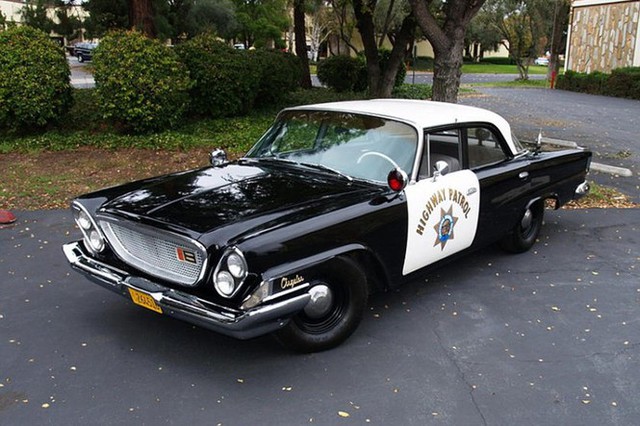 |
In the 1960s, the Chrysler Enforcer was a 4-door sedan equipped with a special police package, including power steering and drum brakes. It had a 5.9L V8 engine with 265 horsepower and a top speed of 209 km/h. Power was transmitted to the rear wheels using a push-button transmission.
Dodge Monaco
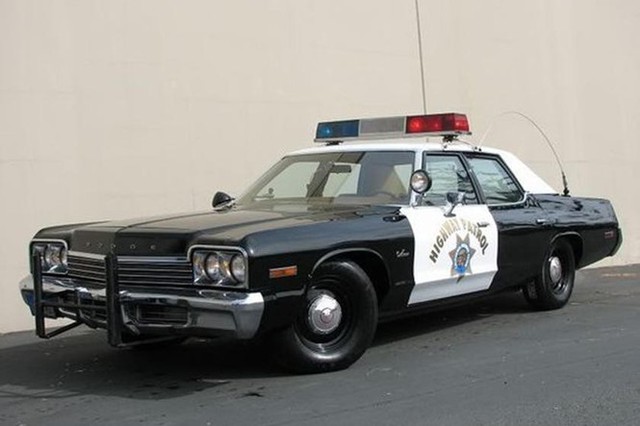 |
By 1970, around 85% of American police cars were Chryslers. The 7.2L V8 Magnum engine used in the Dodge Monaco was unbeatable until the fuel crisis put an end to the era of gas-guzzling engines. The Monaco had a memorable moment as the hero car in the movie “The Blues Brothers.” It was equipped with a 440 cc engine, police tires, police suspension, and an enhanced front-end collision plate.
Ford LTD Crown Victoria
 |
In the late 1970s, police cars lacked the necessary power, and Ford LTD Crown Victoria seized the opportunity to fill this void. The popularity of TV series from the 70s and 80s further solidified the image of the Ford LTD Crown Victoria as the quintessential police car in people’s minds.
Chevrolet Nova
 |
The Chevrolet Nova was a popular choice due to its good performance, fuel economy, and smaller size. Police departments opted for the 9C1 package for police use, and the 9C1 Chevrolet Nova underwent testing at the Los Angeles County Sheriff’s Office before being widely adopted from 1975 to 1979. The police package included front and rear shock shields, a high-capacity alternator, four-wheel disc brakes, heavy-duty steel wheels, power-assisted steering, reinforced body mounts, dual exhaust, front-seat anti-ram steel plate, and a 4.3L L99 V8 engine with a maximum power output of 200 horsepower and a peak torque of 332 Nm.
Ford Mustang SSP
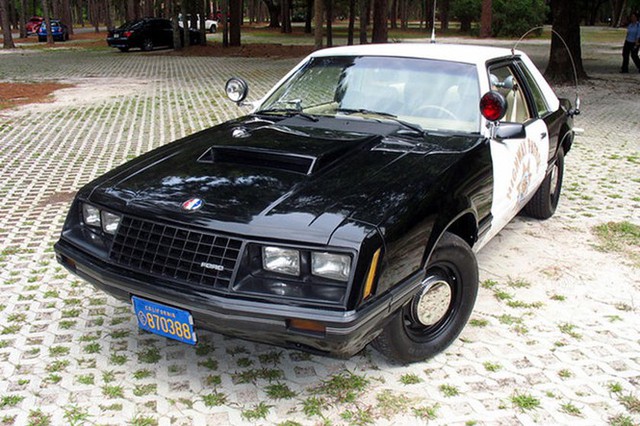 |
In order to patrol California’s highways, a fast vehicle was required, and regular patrol cars couldn’t keep up. Initially, the police used a Chevrolet Camaro Z28 in 1979 to address this need; however, the Camaro proved to be unreliable. As a result, Ford introduced the special Mustang SSP model in 1982. It featured a powerful 5.0L engine, calibrated speedometer, and a factory-installed radio noise suppression package. The Mustang SSP later came with either a 5-speed manual or an automatic transmission, front disc brakes with rear rotor shields, a 130-amp alternator, an air-diverting front deflector, and a 3.5L Twin Turbo V6 engine.
Ford Crown Victoria
 |
By the early 1980s, the Ford Crown Victoria had established itself as the gold standard of police cars, surpassing the Dodge Diplomat, Chevrolet Caprice, and Ford LTD. Although Crown Victoria was used as a name for the Ford LTD, the Crown Victoria itself was a separate model with its own P71 designation. This car was produced for two generations from 1992 to 2011 and became the most widely used vehicle by law enforcement agencies in the United States, Canada, and Saudi Arabia.
Chevrolet Tahoe PPV
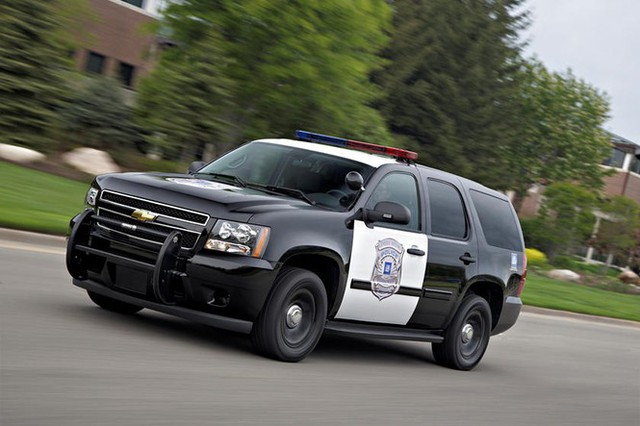 |
Chevrolet discontinued the Caprice in 1996, leaving Ford as the sole provider of rear-wheel-drive police cars. However, before that, Chevrolet had introduced the Tahoe PPV, a rear-wheel-drive police car equipped with a V8 engine. Despite being less popular in urban areas, the Tahoe PPV gained popularity in rural areas, despite lacking a four-wheel-drive version. The Tahoe PPV boasted a lower height of 1 inch compared to the standard Tahoe, and it also offered greater speed.
Ford Police Interceptor Utility 2020
 |
The Interceptor Utility, based on the Explorer, made its appearance in early 2019. In 2020, American police will have the option of an all-wheel-drive hybrid police car. The standard engine is a 3.3L Duratec V6, generating a maximum output of 285 horsepower and 352 Nm of torque. Additionally, there is a Twin Turbo EcoBoost 3.0L engine capable of a maximum output of 400 horsepower and a peak torque of 562 Nm. The hybrid powertrain ensures fuel efficiency without compromising performance or versatility.
F-150 Police Responder
 |
While pickup trucks had been used by police departments, Ford now offers the F-150 Responder model with a police package. It includes the suspension found in the FX4 Off-Road variant, Goodyear Wrangler tires, a 240-amp alternator, and a Twin Turbo EcoBoost 3.5L engine that generates a maximum output of 375 horsepower and a peak torque of 637 Nm.


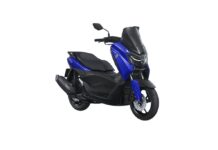




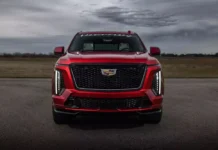






















![[Quick Review] Hyundai IONIQ 5 – A Vehicle from the Future](https://vnauto.net/wp-content/uploads/2023/10/xehay-hyundaiioniq5-18052022-2-150x150.jpg)
